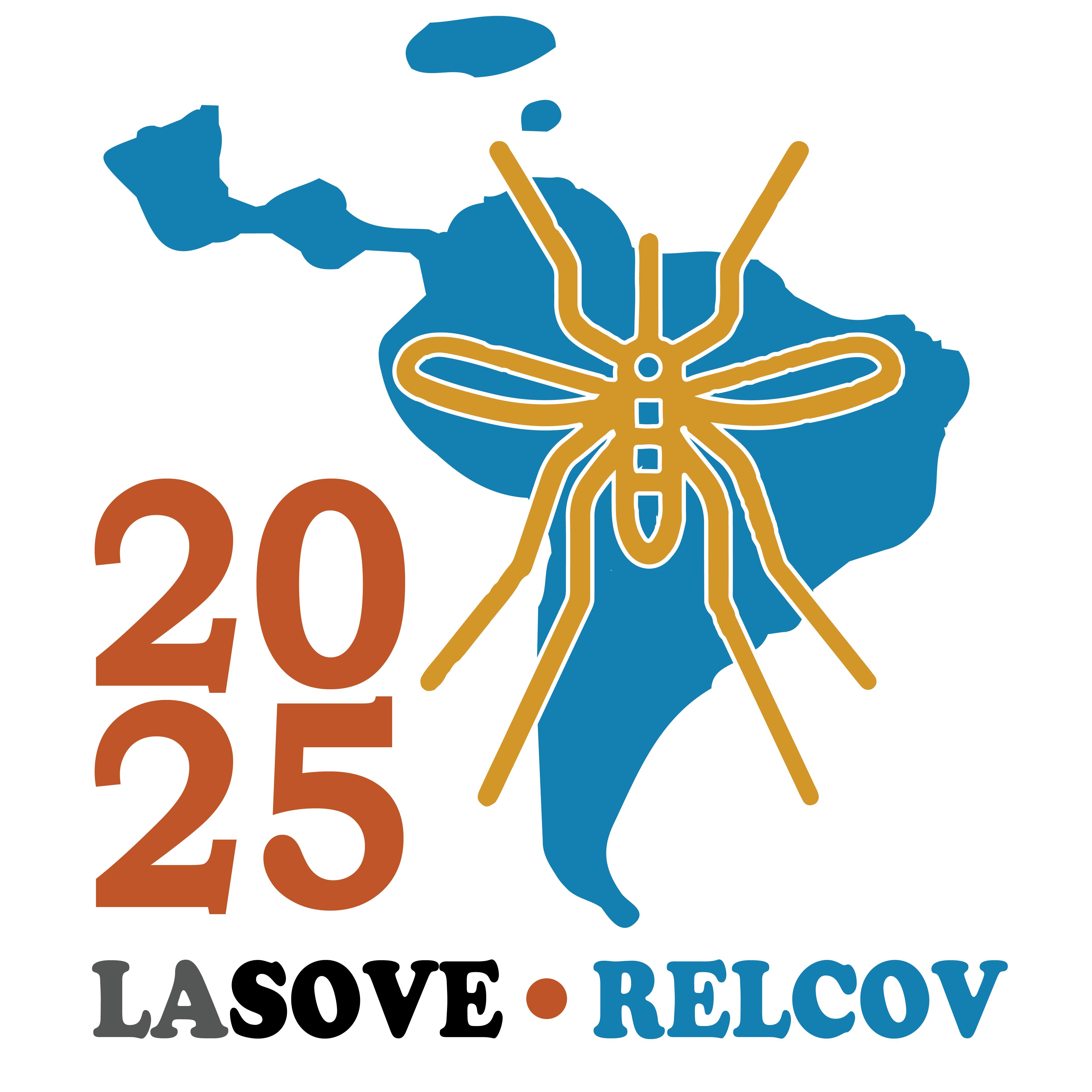Simposio: Enfermedades transmitidas por garrapatas
SIMPOSIO
Enfermedades transmitidas por garrapatas (Rickettsia, Ehrlichia, Borrelia)
COORDINA: Daniela Lamattina

Garrapatas de mamíferos silvestres neotropicales: ecología y relevancia para la salud pública y veterinaria
La mayoría de los patógenos emergentes se originan en la fauna silvestre y se propagan a animales domésticos y humanos como consecuencia de diversos cambios ecológicos, demográficos y socioeconómicos. La degradación antropogénica de los ecosistemas naturales crea interfaces doméstico-silvestres, donde el riesgo de exposición a patógenos es mayor tanto para las personas como para los animales. Entre los patógenos de relevancia médica y veterinaria, cuya información sigue siendo limitada en estos entornos neotropicales, se encuentran las bacterias y los protozoos transmitidos por garrapatas. Este simposio tiene como objetivo abordar los aspectos ecoepidemiológicos de las garrapatas asociadas a mamíferos silvestres en zonas de estrecho contacto con animales domésticos y humanos, desde una perspectiva de Una Salud que integra la salud humana, animal y ambiental. El debate se centrará en los factores que influyen en la presencia, abundancia, distribución geográfica y rango de hospedadores de estos ectoparásitos, así como en su dinámica temporal y su potencial como indicadores de la salud de los ecosistemas. En un contexto de cambios socioambientales continuos, la vigilancia proporciona herramientas para evaluar los posibles riesgos epidemiológicos y diseñar estrategias de control adaptadas a estos escenarios específicos. Esta propuesta reúne a expertos en parasitología, ecología y salud pública para promover un enfoque interdisciplinario que permita comprender y gestionar los desafíos que plantean las garrapatas en la región neotropical.
Palabras clave: Ixodidae, Fauna silvestre, Enfermedades transmitidas por garrapatas, Una Salud
Créditos de las imágenes utilizadas en esta página web
Ixodus ricinus, imagen por Richard Bartz, CC-SA 2.5, Wikimedia Commons (https://commons.wikimedia.org/wiki/File:Ixodus_ricinus_5x.jpg) | Las imágenes de las personas miembro de los distintos comités de LA SOVE RELCOV 2025 así como las imágenes de los/as oradores/as fueron provistas por las mismas personas para uso exclusivo en esta página web. Los/as autores/as de estas imágenes se reservan el derecho de uso y reproducción de las mismas.
Cronograma del evento (1)
Lunes 27
-
